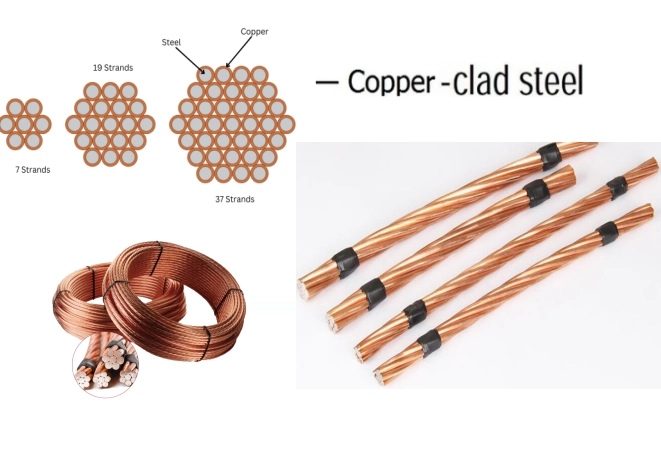When it comes to gemstones, diamonds have long held a place of reverence and fascination. Their brilliance, durability, and rarity make them a symbol of luxury and love. However, a question that often piques the curiosity of gem enthusiasts and casual observers alike is: do natural diamonds glow in the dark? To answer this, we must delve into the science of diamonds, their properties, and the phenomenon of luminescence.
Understanding Diamond Composition and Structure
Diamonds are formed deep within the Earth’s mantle under extreme pressure and temperature conditions. Composed of carbon atoms arranged in a crystal lattice structure, diamonds are renowned for their exceptional hardness and optical properties. The unique arrangement of carbon atoms not only contributes to their brilliance but also influences their interaction with light.
The Science of Luminescence
Luminescence is the emission of light by a substance that has absorbed light or other electromagnetic radiation. This phenomenon can occur in various materials, including certain minerals and synthetic compounds. However, natural diamonds exhibit luminescence under specific conditions, primarily due to the presence of impurities and structural defects within their crystalline lattice.
Types of Luminescence in Diamonds
- Fluorescence: Some diamonds exhibit fluorescence, which is the ability to emit visible light when exposed to ultraviolet (UV) light. This is a common characteristic in certain diamonds, particularly those that contain trace elements such as boron or nitrogen. While fluorescence can enhance a diamond's appearance under UV light, it does not necessarily mean the diamond will glow in complete darkness.
- Phosphorescence: A rarer phenomenon, phosphorescence occurs when a material absorbs energy and then re-emits it over a longer period. While some minerals exhibit this property, natural diamonds are not typically known for phosphorescence. However, certain synthetic diamonds or treated stones may display this characteristic.
- Afterglow: Some diamonds may exhibit a faint afterglow when exposed to light, but this is usually not strong enough to be perceived in complete darkness. The afterglow effect is generally short-lived and diminishes quickly after the light source is removed.
Factors Influencing Luminescence in Diamonds
Several factors can influence whether a natural diamond will exhibit luminescence:
- Impurities: The presence of trace elements, such as boron or nitrogen, can significantly affect a diamond's luminescent properties. Diamonds with higher concentrations of these impurities are more likely to fluoresce under UV light.
- Color: The color of a diamond can also play a role in its luminescence. For instance, blue diamonds, which contain boron, are known for their strong fluorescence, while colorless diamonds may exhibit less pronounced effects.
- Cut and Clarity: The way a diamond is cut can influence how light interacts with it, potentially affecting its luminescent properties. Additionally, clarity can impact the presence of inclusions that may either enhance or inhibit luminescence.
Practical Implications for Consumers
For consumers, understanding whether a diamond glows in the dark can be an important consideration, especially when purchasing for specific occasions or settings. While most natural diamonds do not glow in the dark in the traditional sense, those that exhibit fluorescence may appear to have a different character under UV light. This can be particularly appealing for individuals seeking unique or distinctive pieces.
Conclusion
In summary, while natural diamonds do not glow in the dark in the conventional sense, some may exhibit fluorescence under UV light, creating a captivating visual effect. The luminescent properties of diamonds are influenced by various factors, including impurities, color, and cut. For those intrigued by the science of gemstones, understanding these nuances can enhance the appreciation of diamonds and their unique characteristics. Whether you are a gem enthusiast or a prospective buyer, knowledge of a diamond's luminescent properties can inform your choices and deepen your connection to these remarkable stones.

More Stories
Circular Economy Solutions: COMY Environmental Technology Leading the Charge
How Oil Type Transformers Enhance Industrial Power Efficiency
Indoor vs. Outdoor EV Chargers: Choosing the Right 7kW Charging Solution for Your Home